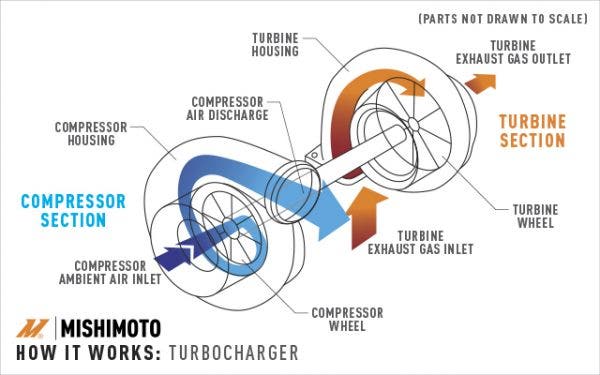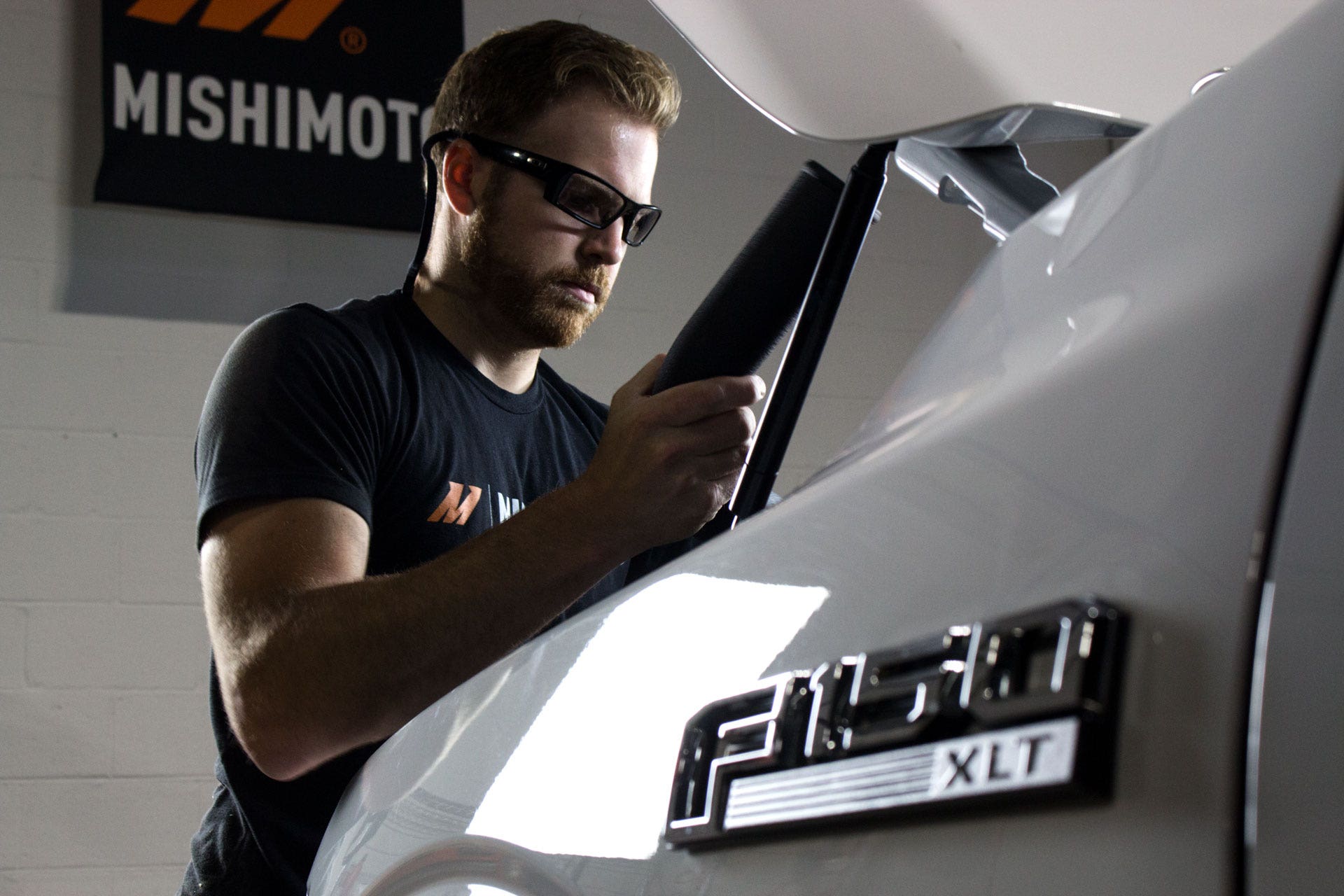
Breathe Easy - Intercooler Pipe R&D: From Design to Completion
What started in the late 1800s as a means of increasing the power and fuel efficiency of industrial engines, turbocharging has become abundant in every corner of automotive culture. Shortly after the first oil crisis in 1973, turbocharged vehicles grew in popularity as fuel-efficient alternatives to high-displacement engines. More than 40 years later, turbocharging has produced some of the most powerful and efficient vehicles the world has ever seen. Compared to those early vehicles, modern turbocharged systems are a complex network of piping, sensors, and heat exchangers that leverage every available ounce of technology.
As turbocharged vehicles have become more popular, manufacturers have found ways to make them more efficient. The F-150 has a long lineage as one of America's most reliable and affordable trucks, and in 2011 the introduction of the EcoBoost 3.5L made it one of the most fuel efficient as well. With the addition of the 2.7L EcoBoost in 2015, the F-150 line became even more efficient. However, efficiency often means making some sacrifices.
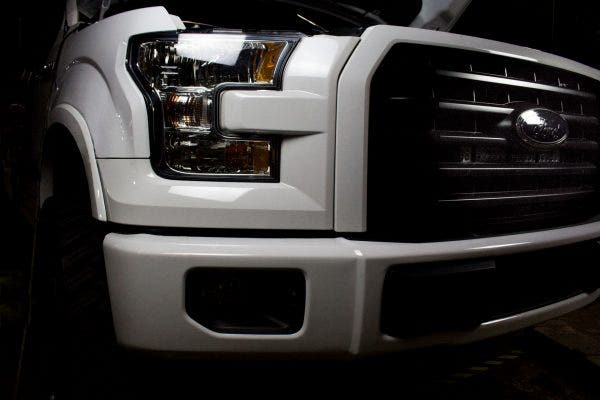
Opening the hood of any car or truck produced in the last ten years will often reveal a plastic engine cover. Dig a little deeper into the 2015-17 F-150 EcoBoost engine bay, however, and you will find plastic somewhere you might not expect. The intercooler piping of any turbocharged vehicle plays the essential role of carrying compressed air from the turbocharger to the intercooler, and eventually into the engine. Once made of metal, rising material costs and advancing technology have led many manufacturers to create complex parts, like intercooler piping, from plastic. The F-150 EcoBoost's intercooler pipes are no exception.
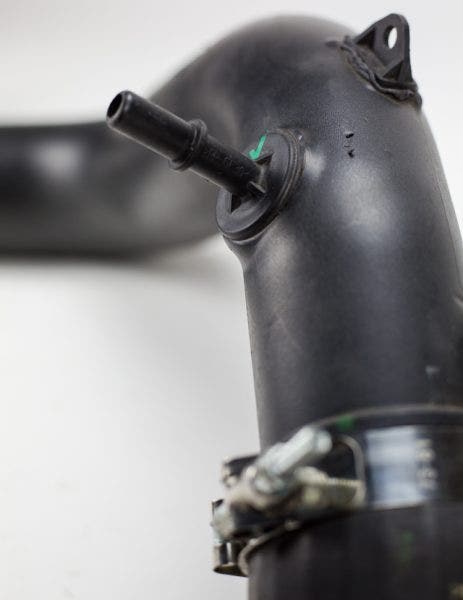
Plastic is a great material for an OEM application. It's durable, cheap to produce, and easy to form into complex shapes. In the case of the 2015-2016 F-150 3.5L and 2015-2017 2.7L EcoBoost, boost is fed into the engine through three long plastic pipes, two hot-side pipes and one cold-side. Each pipe is a few feet long with twists and bends that snake around the engine bay. While plastic makes sense for stock applications, when it comes to making power and pushing the boundaries, the plastic pipes have their limitations. Plastic is known to become brittle over time when exposed to heat. Once you start adding power to the EcoBoost platform, that heat only rises, accelerating that aging process.
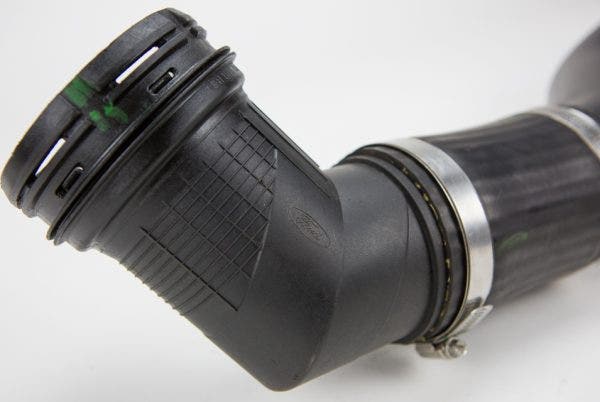
Aside from the long-term fragility issue, the stock pipes are a more immediate hindrance to power. Not because they are made from plastic, but because of how that plastic is formed. The hot-side pipes are particularly guilty of some tight bends that seriously impede airflow. The pipes are also too small to accommodate the flow needed for bigger turbos or push the stock turbos to their maximum efficiency. The cold-side pipe flows smoother than the hot-side pipes, but the sharp bend just after the intercooler coupler hurts flow.
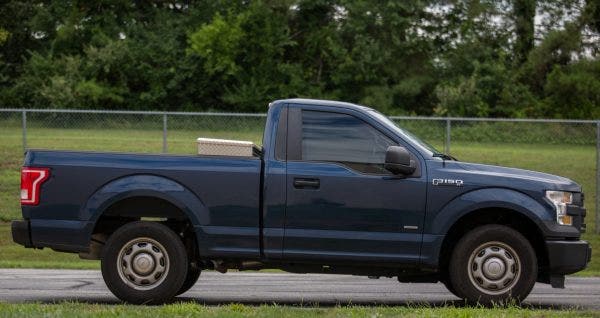
After identifying shortfalls of the stock pipes, we set out to create a direct-fit solution that would maximize the potential of the 2015-2016 3.5L and 2015-2017 2.7L EcoBoost. The first step in the process was to bring in two trucks, one with a 3.5L and one with a 2.7L, to remove the intercooler pipes and take measurements. Luckily, a 2.7L EcoBoost comes into our facility every day. Our Director of Innovation, Eric, who you may have seen on some of our YouTube videos, has a 2015 2.7L F-150 EcoBoost that he drives daily. His truck has been the test mule for many of our 2015+ F-150 products, so it was a perfect candidate for the intercooler pipes. Unfortunately, we didn't have easy access to a 2015-2017 3.5L F-150 EcoBoost, but a quick post on the forums solved that quickly and we were able to get to work.
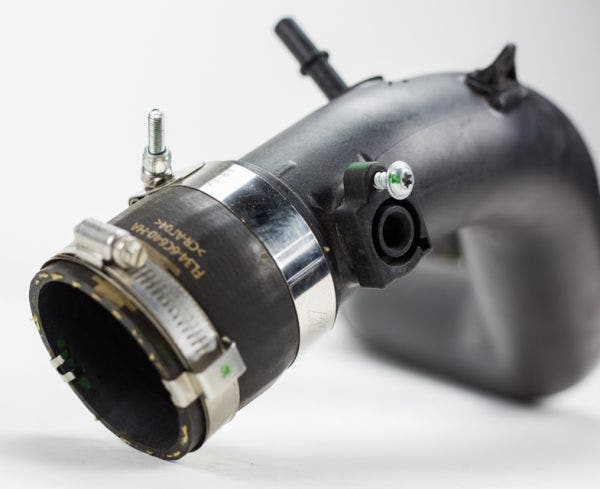
Once the pipes were removed from each truck, the engineer, Jason, got a clear look at the intricacies of all six 3.5L and 2.7L pipes. The hot-side pipes would be easy enough to replicate. They use rubber couplers and worm gear clamps on each end to secure the pipes to the turbos and the intercooler. The cold-side pipes, on the other hand, are a little more complicated. One end of the pipes utilizes a rubber coupler and clamps to connect to the throttle body, but the other end uses a quick-disconnect coupler. To further complicate the pipe, the throttle body side includes a hose barb and a sensor port that must be machined to exacting tolerances. All these pieces would have to be CNC-machined in the final piece.
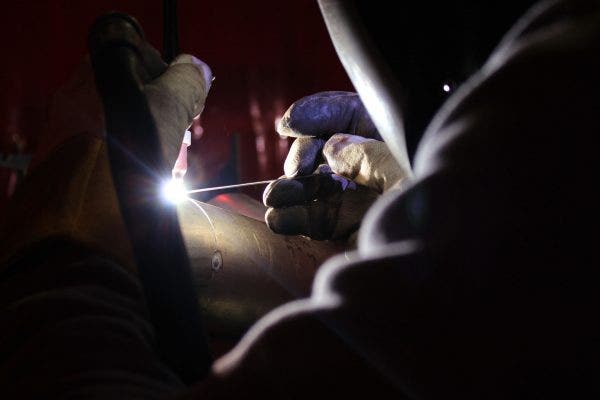
After taking the necessary measurements, Jason drew up dimensions to have sample pipes welded for test fitting. Our head fabricator, Mike, created a series of jigs to hold each piece of aluminum piping in place while he welded them together. After the machining of the sensor housing, hose barb, and quick-disconnect coupler was completed, Mike added them to each cold-side pipe and passed the pipes back to Jason for test fitting. A short while later, all of the protoype pipes were installed on both trucks. The fit was spot on and they looked great, even in their natural aluminum finish.
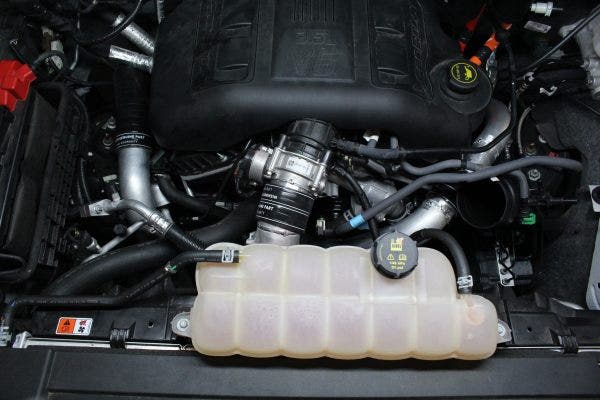
Not too long ago, that anticipation broke. Our finished production samples had arrived. Opening the boxes revealed four sets of beautifully finished pipes. Each of the 2.7L and 3.5L pipes will be offered in wrinkle-black or a polished finish, giving the customer the option to stand out or fly under the radar. Once we got over how nice the pipes looked, Jason began test-fitting them in the trucks. We started with the Eric's 2.7L, making sure they fit well with the stock intercooler and the Mishimoto intercooler, then moved on to the 3.5L.
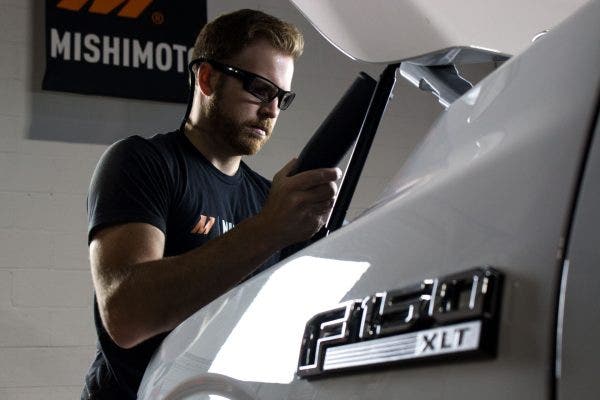
All six sets of pipes fit without a hitch. The project was ready to go into full production. For us, that means the project is almost at an end, but for you all, that means it's time for the discounted pre-sale. Check out our website for discounts on the hot-side, cold-side, and full intercooler pipe kits for the 2015-2016 3.5L EcoBoost F-150 and 2015-2017 2.7L EcoBoost F-150.
As always, thanks for reading!
-Steve




